Illustrations to the poem “Qi yue” 七月, attributed to Ma Hezhi 馬和之 (1130-1170) Pt. 3-4
- Rachelle

- Dec 6, 2021
- 3 min read
Illustrations to the poem “Qi yue” 七月 (The Seventh Month) in the “Bin feng” 豳風 (Airs of Bin) section of the Shijing 詩經 (Book of Songs), attributed to Ma Hezhi 馬和之 (1130-1170)
Picture credit: The Freer Gallery (https://asia.si.edu/object/F1919.172/)
Image 3

Inscription 3:
七月鳴鵙{百勞也}
八月載績{絲事畢而麻事起}
載玄載黃
我朱孔陽{明也,言其朱色鮮明也}
為公子裳。
In the seventh month cry the Laniidae, {Shrikes}
The eighth month is for spinning. {Silk production ends, while hemp production starts.}
Ebony[1] here, yellow there,
Our vermilion is exceedingly brilliant, {Bright, that is to say their vermilion colour is vivid.}
Making skirts for the Lord’s son.
Image 4

Inscription 4:
一之日于貉,
取彼狐狸,
為公子裘。
二之日其同,
載纘武功,
言私其豵,
獻豜于公。
The days of the first are about racoon dogs.
Take those foxes and wild cats,
To make furs for the Lord’s son.
The days of the second are about the Meet,[2]
To sustain military prowess.
Keep the one-year-old boars for ourselves;
Offer the three-year-old boars to the Lord.
[1] This rendering of xuan 玄 attempts to reflect Mao’s reading tradition: “Black with a red tinge (黑而有赤也).” See https://ctext.org/library.pl?if=en&file=80146&page=42. [2] The Meet refers to the collective hunt in which aristocrats, ministers, and commoners all participate. See Zheng Xuan’s commentary: https://ctext.org/library.pl?if=en&file=80146&page=48.
Notes:
The activities mentioned in the poem “Qi yue” do not really follow a chronological order, and the main activities depicted in the two images above do not take place at the same time. However, these two images present an interesting juxtaposition of two activities, one involving women (hemp production) and the other involving men (hunting), with a dedication to the Lord (possibly the figure on horseback in Image 4) and his son(s).
On the other hand, the two images approach their subject matters differently. Image 3 (lines 29-33) almost covers every line, even the singing shrikes in the tree. Although the use of black ink makes it difficult to render bright yellow and red (lines 31-32), this element of work is represented by a figure who appears to be working with a dyeing jar. We also find a shaded roll on the table, which may well be a roll of dyed fabric.
On the other hand, Image 4 (lines 38-44) does not include elements from lines 38-40 explicitly but focuses on the collective hunt instead. As all classes of society are supposed to join this hunt as a way of ritualised military training, the artist carefully differentiates figures of different social status via their outfits, even designing different looks of headgear for each figure (which is not the case in other images on this handscroll).
Inscription 1 Inscription 2 What Image 2 might be illustrating
Inscription 3 Inscription 4

Copyright Declaration*:
The texts and images used on the website of Rachelle's Lab are either from the public domain (e.g. Wikipedia), databases with open data licences (e.g. Shuhua diancang ziliao jiansuo xitong 書畫典藏資料檢索系統, National Palace Museum, Taipei), online libraries that permit reasonable use (e.g. ctext.org), or original work created for this website.
Although fair use of the website for private non-profit purposes is permitted, please note that the website of Rachelle's Lab and its content (including but not limited to translations, blog posts, images, videos, etc.) are protected under international copyright law. If you want to republish, distribute, or make derivative work based on the website content, please contact me, the copyright owner, to get written permission first and make sure to link to the corresponding page when you use it.
版權聲明:
本站所使用的圖片,皆出自公有領域(如維基)、開放數據庫(如臺北故宮博物院書畫典藏資料檢索系統)、允許合理引用的在線圖書館(如中國哲學電子化計劃)及本人創作。本站允許對網站內容進行個人的、非營利性質的合理使用。但請注意,本站及其內容(包括但不限於翻譯、博文、圖像、視頻等)受國際版權法保護。如需基於博客內容進行出版、傳播、製作衍生作品等,請務必先徵求作者(本人)書面許可,并在使用時附上本站鏈接,註明出處。
*Read more about copyright and permission here.


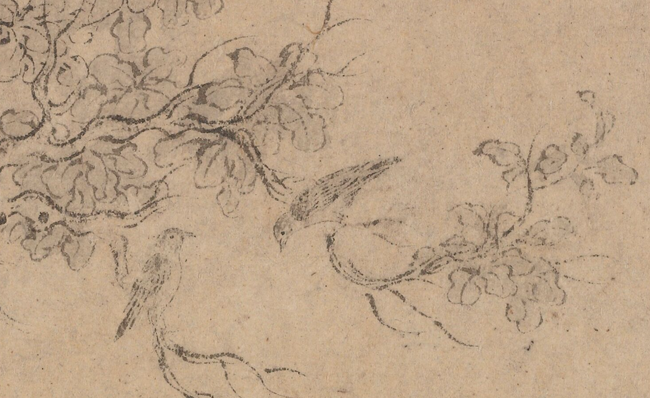



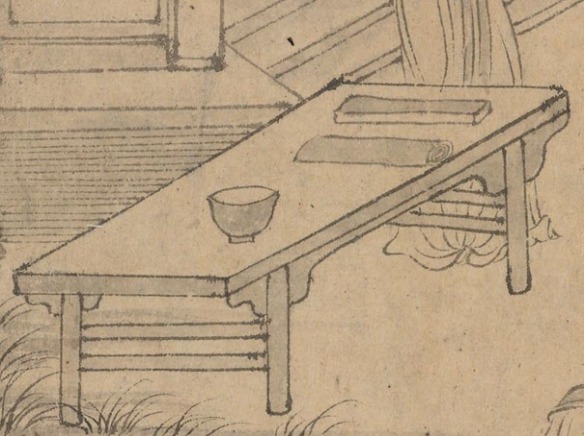
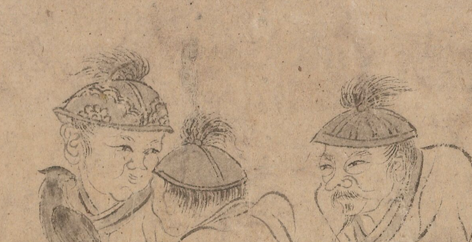
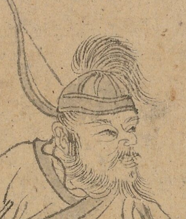
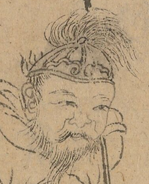
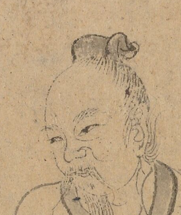
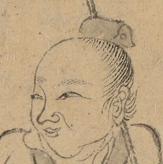
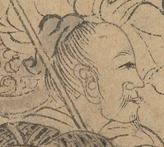
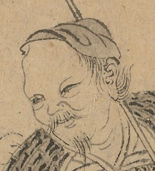
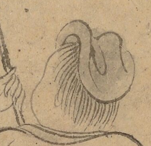


Comments